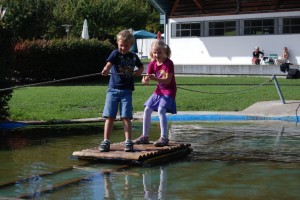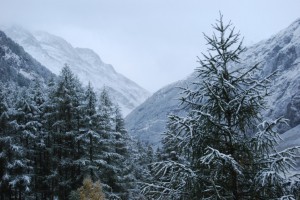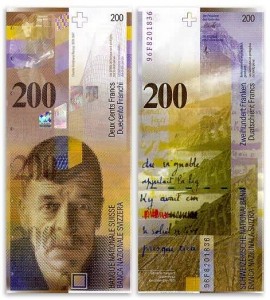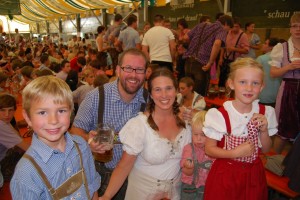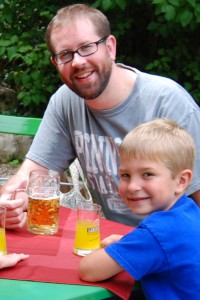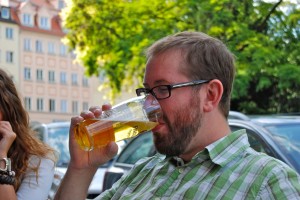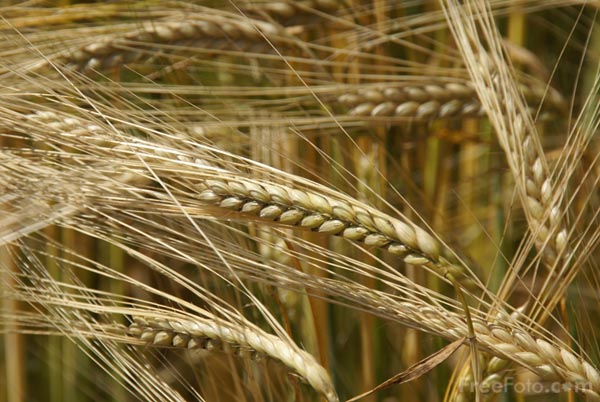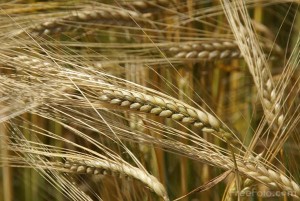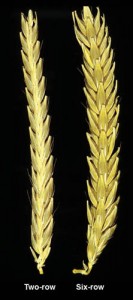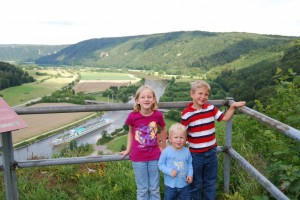In just 7 more weeks, we will be back in America. It’s a little hard to comprehend what then next couple of months will be like for us. The work of moving our family back across the ocean has already started. We’re working with moving companies, we’ve bought our plane tickets and started completing paperwork. And in terms of our life here, it feels like we’ve entered a sort of “lame duck” period. There is no point in trying to establish anything here anymore. We want to get as much out of these last weeks as possible (especially since the weather is finally nice!). But every conversation we have with people here involves talking about how soon we are leaving.
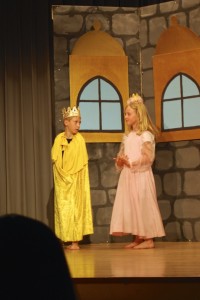 On Wednesday evening, Emily’s class did a play at her school. They performed “The Valiant Little Tailor” (“Das tapfere Schneiderlein“) by the Brothers Grimm. Emily got to play Princess #2, and she did a great job. After the show, there was a little pot luck reception where all the families could mingle. We talked with some other families, and they always started the conversation by asking, “So, when are you leaving?” We answered questions about where we live in America and whether we are looking forward to going back. It is a conversation I have had a lot recently. But this time it ended with our first goodbyes. We probably won’t see the parents of Emily’s classmates again, so they wished us a nice summer and a safe trip back home.
On Wednesday evening, Emily’s class did a play at her school. They performed “The Valiant Little Tailor” (“Das tapfere Schneiderlein“) by the Brothers Grimm. Emily got to play Princess #2, and she did a great job. After the show, there was a little pot luck reception where all the families could mingle. We talked with some other families, and they always started the conversation by asking, “So, when are you leaving?” We answered questions about where we live in America and whether we are looking forward to going back. It is a conversation I have had a lot recently. But this time it ended with our first goodbyes. We probably won’t see the parents of Emily’s classmates again, so they wished us a nice summer and a safe trip back home.
It was very nice of them, but also a little strange. After all this time trying to integrate and and fit in, we were definitely the strangers again. I get the feeling the next seven weeks are going to be a long series of good byes. Going back home should be comforting, except that so much has changed I get the feeling we may be strangers there as well, at least to a certain extent.
I’m not sure Henry even remembers America. We have all changed and grown, though it is a lot easier to see it in the kids. I found a couple of pictures of Emily that really illustrate how much can change in one year. The first was taken at a farm in Germany last July, and the second was taken at our local farm just a few weeks ago:



